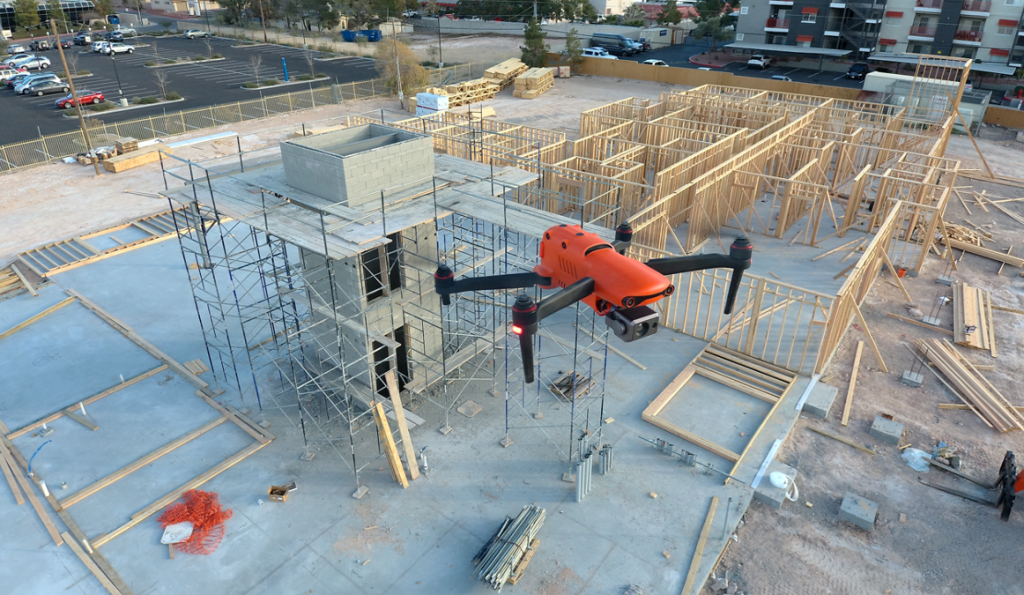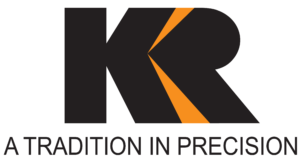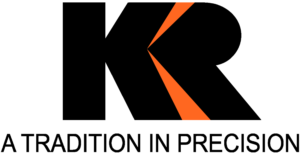Selecting the Right Drone for Your Construction Business

Unmanned Aircraft (UA/Drones) have rapidly become a significant component of the modern construction industry workflow whether it’s for progress reporting, site planning, BIM, inventory control, safety awareness, structure inspection, topo’s, or other purposes. Site supervisors, architects, and stakeholders all benefit from the rapid output of accurate 2D/Ortho, or 3D models that may be used for purposes ranging from simple visualizations, progress reporting, stockpile calculations, DSM, contours, to more complex overlaying blue-prints in the As-Designed/As-Built or BIM process.
Promotional
Land Surveyors Association of Washington 2022 Annual ConferenceMarch 2-4, 2022 Hilton Vancouver Kuker-Ranken is excited to be a part of the LSAW which will be in beautiful Vancouver Washington at the Hilton-Vancouver. This is exciting because our Portland location is located just 22 minutes away in downtown Portland on the corner at 308 SE Taylor […]
Lunch and Learn
Kuker-Ranken (KR) Lunch & Learn sessions are short webinars designed to help the AEC, GIS, and Public Safety communities and hardware users get up to speed with what’s happening with Technology whether it’s unmanned, software, hardware, techniques, tips, best practices, or what’s new in the industry. At no cost to attendees, we’re grateful to our […]
Boise, Idaho Location
Boise, Idaho Location Our Boise location is located in the Central Valley region of Idaho just NW of downtown Boise. This location is operated by Arlene Crawford our Office Manager and Darrell Madison who has a wealth of knowledge in the drone and construction industry. Similar to our other locations you’ll always find a large […]




